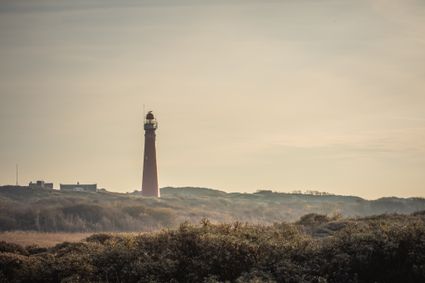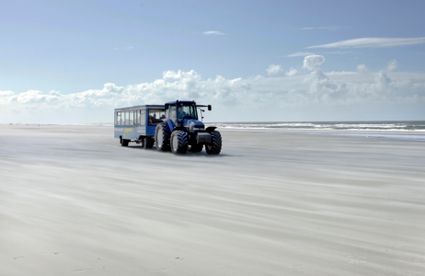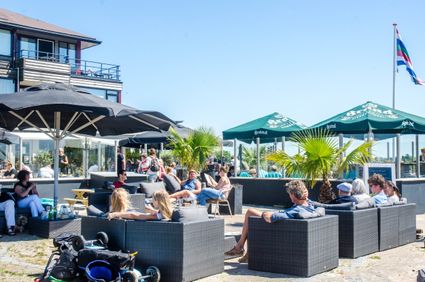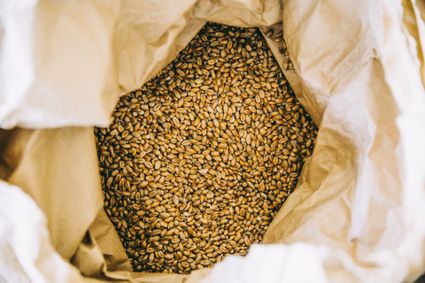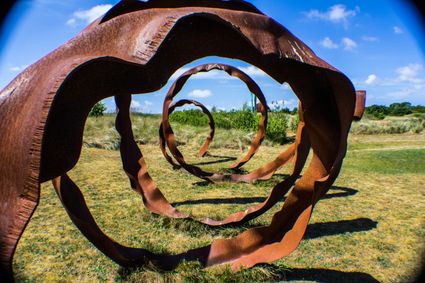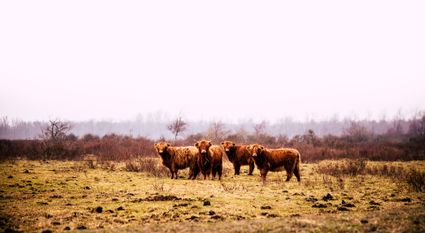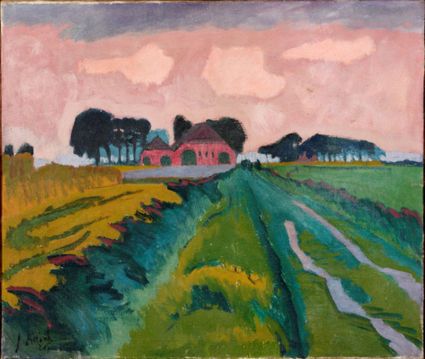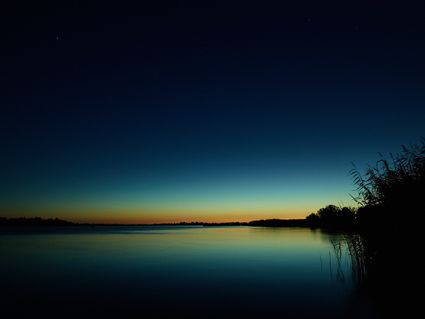Impoldering with Banck
Monks began building dikes and John Eric Banck completed the job. A new sea dike created the Banckspolder bringing new opportunities along with it.
Maritime School
On Schiermonnikoog nature is given free rein. Or almost. The Banckspolder is located south of the village yet you've probably never even noticed it. Most people head straight to the village when arriving on the island, which means they’ve already passed the polder. But the polder is very important to the farmers and its creation meant a huge improvement to their living conditions. In the same spot where the Klaarkamp Abbey monks had once started building a dike, John Eric Banck built another one in 1860 which created the polder named after him. This wealthy lawyer from The Hague was just one of the many owners of the island throughout the years. Banck purchased Schiermonnikoog in 1858 and sold it again in 1893. He accomplished a great deal during that time.
He started a nautical college and began attracting tourists. He had pavilions constructed, bought a ship that would transport guests from Groningen to Schiermonnikoog during summer, made a list of rooms suitable for letting and found investors for a luxurious seaside hotel. Banck left his mark on the landscape by planting sand reed to prevent sand drifts from forming and building a new sea dike. This was to protect the island from the sea.
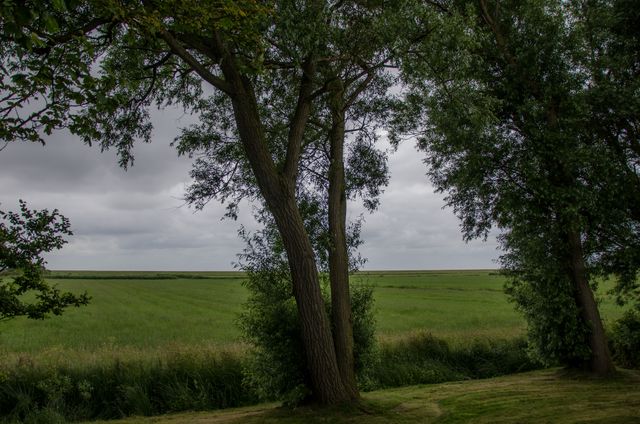
Poem
The marshlands behind it became fertile farmland which certainly pleased the local farmers. But it also caused a division between the farmers in the polder and the farmers in the village. They still had to work the barren grounds in the dunes and the marshlands. But Banck was appreciated nonetheless. His favourite spot on the sea dike was at the corner of the polder. A small stone bench was erected there as a memorial: the Bank van Banck (Banck’s Bench). A poem by local poet Lammert Wiersma was added as an additional tribute.
Oan wylen mr. J.E. Banck:
Moai sorch heste ieuwr it eilaun wôke,
fole segen heste ús brocht.
Sò is hier dyn bank ferriizen,
as blyk fan in tankber nooigeslacht.
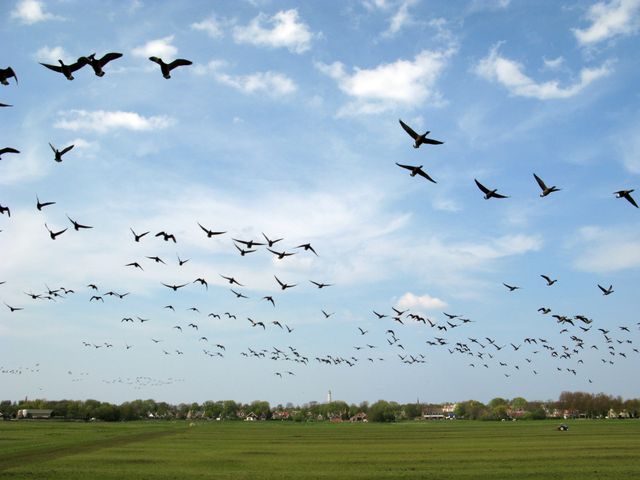
Language route
This is one of the nine poems from the Language route, all of them in the local dialect which only a few people on Schiermonnikoog still speak. Banck would surely have loved it. In addition to legal documents he also wrote poems about Schiermonnikoog and more. After a walk along the dike you can take a well-deserved break on the Bank van Banck. This spot offers great views of the polder’s green fields as well as vistas over the mudflats on the other side. At low tide part of the Wadden in front of the embankment falls dry and much of the marshland is covered in purple, blooming lamb’s ear during the summer.
The Westerplas is also visible from here, adjacent to the polder. This large freshwater pond was created when the Westerkwelder was closed off in 1964 It is a popular spot for birds and a main source of drinking water for Schiermonnikoog, some of which comes from the Banckspolder; excess rainwater is no longer discharged into sea but pumped into the Westerplas instead. An intervention that fits right in with the current plans [www.boerenopschier.nl] for the seven remaining farmers in the polder. They have joined forces to make farming on Schiermonnikoog sustainable and ensure biodiversity. A wonderful step for a beautiful landscape.
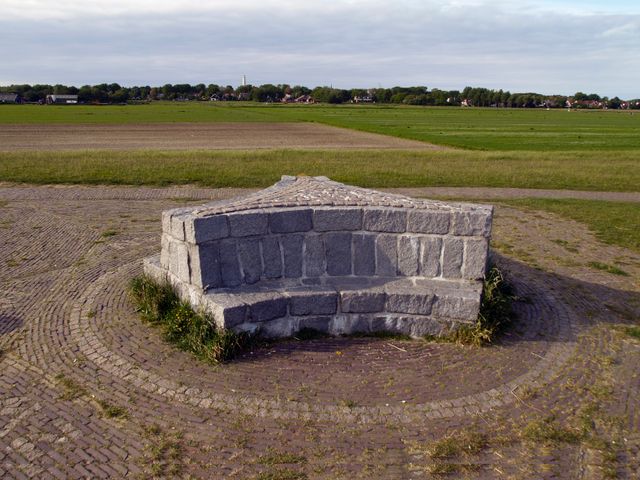
Route: almost everything from Schier
The Banckspolder, forest, reed lands, broad beach, dunes, winding paths, the lighthouse and the picturesque village.
Distance: 15 kilometers | Length: 3 hours and 30 minutes



